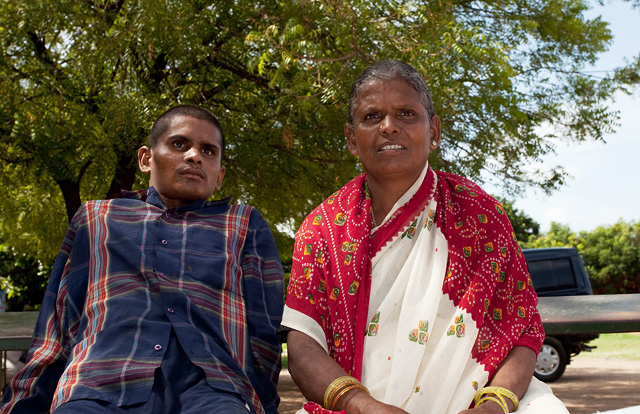Travel Photography: Using Flash
This article appeared in June issue of Terrascape, a travel magazine for which I am an editorial consultant and also write a column on photography. Read all the earlier earlier travel photography articles on India Travel Blog.
The tiny light emitting device located on the top of most cameras can be of great use in occasions when natural light is not favourable to us. Most of us generously use the flash after dark, be it indoors or outdoors. But a camera flash can make or break your photographs depending on the way it used. Here are some insights on making the best use of camera flash.
Where to use flash. The use of flash need not be limited only to situations of darkness or places where there is not sufficient light for the camera. It can be productive to use flashes even in mid-day. When you have strong and direct light, the subject can cast dark shadows in places that may appear completely dark in the photograph. Such shadows may often look ugly, especially when shooting people in strong mid-day sun when the eyes tend to be in a shadow. This can be countered by firing your flash, which can slightly brighten the areas in shadow and allow details in those parts to come out better in the picture. When the camera flash is used in this way to fill up the shadows, it is usually called ‘fill light.’
The problems with on-camera flash. When you use the flash to photograph people in low-light, it becomes the cause of the same problem as in the case of direct light mentioned in previous paragraph. The flash becomes a strong and direct light source and casts harsh shadows. When you photograph a person’s face, you may see a ring of darkness around the face in the area where the flashlight gets blocked by the person’s face. A flash can also spoil the mood and ambience of the place where it is predominantly lit by warm, tungsten lighting. The flash light is white in colour and corrupts the warm lighting in the room. If your camera permits, try to shoot with a higher ISO in the range of ISO 400 to ISO 1200 instead of using flash. This helps preserve the mood created by ambient light and prevents formation of dark shadows.

This photograph was taken on a sunny day, with these people sitting under the shade of the tree. There was some strong sunlight filtering from through the tree and their faces were lit nonuniformly. Without a flash, the areas under shadow would have appeared very dark. However, an external flash used as fill light helped light up all the areas uniformly.
Effective use of flash. An external flash can make a sea-difference to your pictures when compared to on-camera flash. The flexible design of external flashes allows you to change the direction of flash light, and where the environment permits, let’s you bounce the light from a roof or wall instead of emitting strong and direct light on the subject. An even better way to use a flash is by firing it off the camera using a remote trigger or a chord that connects the camera with your external flash. This gives you greater control on the direction of incident light.